Series on Buildings of the European Parliament
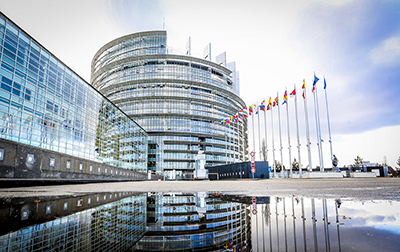
Louise Weiss building
Inaugurated in 1999, the Louise Weiss building in Strasbourg is dedicated to an inimitable figure of European history. Among her many accomplishments was her election to the European Parliament in the first direct elections in 1979, after which she gave the first speech in Chamber.
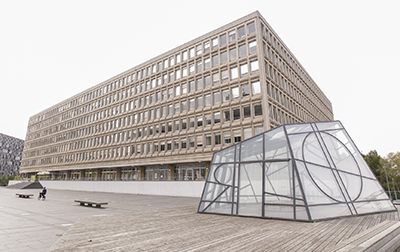
Robert Schuman building
This Luxembourg building honours the eponymous creator of the Schuman Declaration of the 9 May 1950, which laid the foundation stone for the construction of a European community. Robert Schuman was the first President of the European Parliamentary Assembly – the forerunner of the European Parliament.
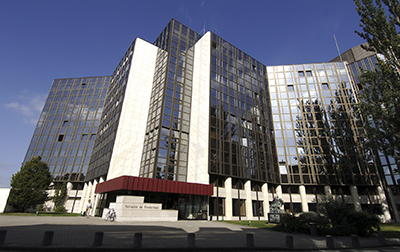
Salvador de Madariaga building
Madariaga had an illustrious career in international relations, chairing the Head of the Disarmament Section of the League of Nations and the Cultural Committee at The Hague Congress. He also made a mark in academia as one of the founders of the College of Europe. The Charlemagne Prize recipient is memorialised by this Strasbourg building.

Paul-Henri Spaak building
Paul-Henri Spaak was a passionate European who shaped much of the development of European institutions, not least through his presidency of the contemporary Parliament's forerunner, the Common Assembly of the ECSC. Today, one of the buildings in Brussels bears his name.
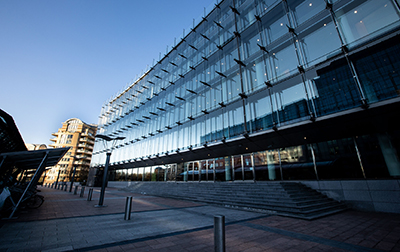
József Antall building
A statesman, teacher, librarian and historian, József Antall was the first person to head Hungary's government after the restoration of democracy on 23 May 1990 and as Prime Minister of Hungary oversaw the dissolution of the Warsaw Pact in 1990, the process of Hungary joining the the European Union and NATO and its accession to the Council of Europe. In 2009, a European Parliament building in Brussels was named in his honour.
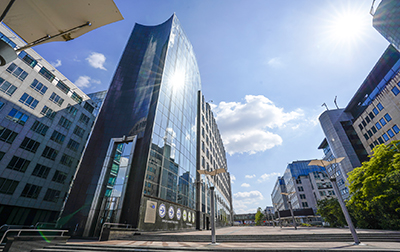
Stefan Zweig building
This Austro-Hungarian writer was an avid promoter of a European identity and understood the importance of a united continent as a precondition for a peaceful future. He saw European identity as a bulwark against the rise of nationalism after the First World War and tried to show that another Europe was possible: a Europe of citizens, a Europe of culture.
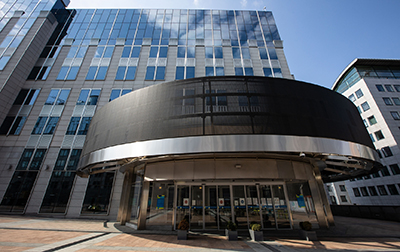
Willy Brandt building
The first Social-Democrat Chancellor of the Federal Republic of Germany, Willy Brandt was known for his foreign policy of Ostpolitik centred around the German Democratic Republic and Eastern Europe. A keen advocate of Germany’s place on the European stage, he was also committed to securing freedom for Berlin and German reunification. Brandt was an MEP between 1979 and 1983, and one of Parliament’s buildings in Brussels bears his name.

Václav Havel building
Václav Havel was a well-known writer and human rights activist in Czechoslovakia. A leading political dissident, he was involved in the Prague Spring and was key figure in the Velvet Revolution, which resulted in the peaceful dissolution of the communist regime in December 1989. Havel then became President of the Czechoslovak Republic. In July 2017, the European Parliament named one of its buildings in Strasbourg after him in honour of his fight for human rights and democracy.
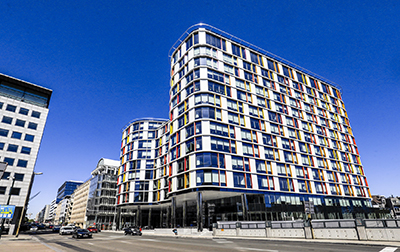
Wilfried Martens building
Nicknamed the 'nine-government man', Wilfried Martens was Prime Minister of Belgium from 1979 to 1992 before devoting himself entirely to Europe and to the European People’s Party (EPP), which he helped establish in 1976 and which he chaired from 1990. As an MEP and President of the EPP group, Martens was a strong advocate of a federal Europe and sought to strengthen the role of European political parties in building a united Europe and foster a broad European political conscience.
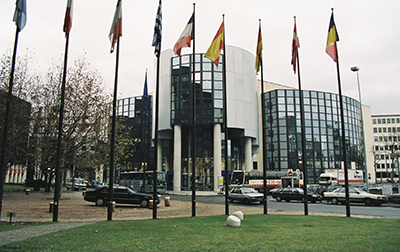
Pierre Pflimlin building
French by nationality and of Alsatian stock, Pierre Pflimlin was convinced of the importance of Franco-German entente for the construction of Europe. His European vocation led him to represent France at the European Parliament before becoming the EP's Vice-President and President. His time in office was marked by major events such as the accession of Spain and Portugal to the European Community, though he would remain dedicated to regional politics, working as Mayor of Strasbourg from 1959 to 1983.
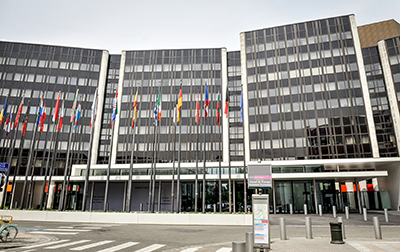
Winston Churchill building
Churchill figures prominently in our history books for the leading role he played in the Second World War as the British Prime Minister. According to Churchill, the remedy for a Europe that was "free and happy" was "to re-create the European family, or as much of it as we can, and to provide it with a structure under which it can dwell in peace, in safety and in freedom". Today, Churchill is remembered for his commitment to European unity and as one of the first to argue in favour of European integration so that the atrocities of the two wars could never happen again.
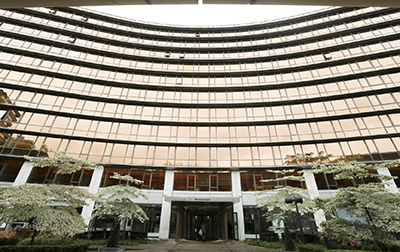
Helmut Kohl building
An advocate for the reunification of Germany after the collapse of East Germany’s communist government, Helmut Kohl earned the moniker ‘Chancellor of Unity’. Strongly pro-European from a very young age, he would go on to play a part in the introduction of the Single European Act, the creation of the Schengen area and the Maastricht Treaty in 1992, which established the European Union. But he is remembered particularly as one of the founding fathers of the Euro— Kohl was convinced that monetary union would lead to the political union of Europe.

Konrad Adenauer building
Konrad Adenauer’s take on Europe was simple: only European unification would prevent a return to the disastrous wars that had Europeans against each other in the past. He became the first Chancellor of the Federal Republic of Germany in 1949 and seeing Germany in post-war ruin convinced him that taking the country into the community of democracies would solve its problems. He worked to include West Germany in NATO, supported the ECSC, backed the European Defence Community project, and then the Treaty of Rome, which established the European Economic Community and Euratom in 1957. Now an EP building in Luxembourg bears his name.
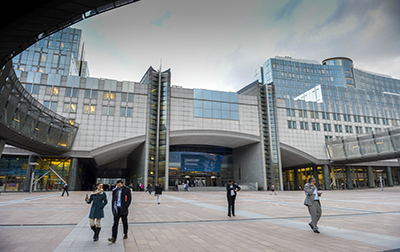
Altiero Spinelli building
During ten years imprisonment and six years of confinement, Alterio Spinelli drew up the the Ventotene Manifesto advocating for a supranational European federation of states to place limits on national sovereignty and create unity among Europeans at a time when the continent appeared to be in the throes of fascist and nationalist sentiment. Upon his release, he put his ideas into action with the creation of the European Federalist Movement and his involvement with the European Union of Federalists. Elected an MEP in 1979, he would go on to draft the ‘Spinelli Plan’, that would be the basis of key legislation establishing the European Union. Nowadays, this innovative thinker is regarded as a founding father of Europe.
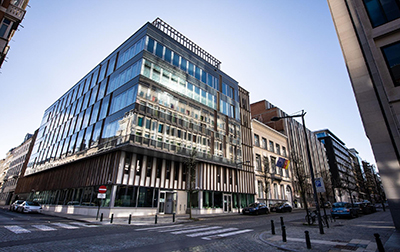
Clara Campoamor building
Through her political battles and a life spent standing up against a patriarchal system, Clara Campoamor symbolises wholehearted commitment to gender equality and democracy. When she was 32, Campoamor made the life-changing decision to return to education to get her school-leaving certificate. She went on to study law at university. Whether as a lawyer, suffragette or politician, Campoamor would fight for gender equality all her life. The introduction of female suffrage in Spain in 1931 remains her greatest victory. To achieve this, she did not hesitate to refuse all honours that were contrary to her ideals of social justice, even where this harmed her career and led her to exile.